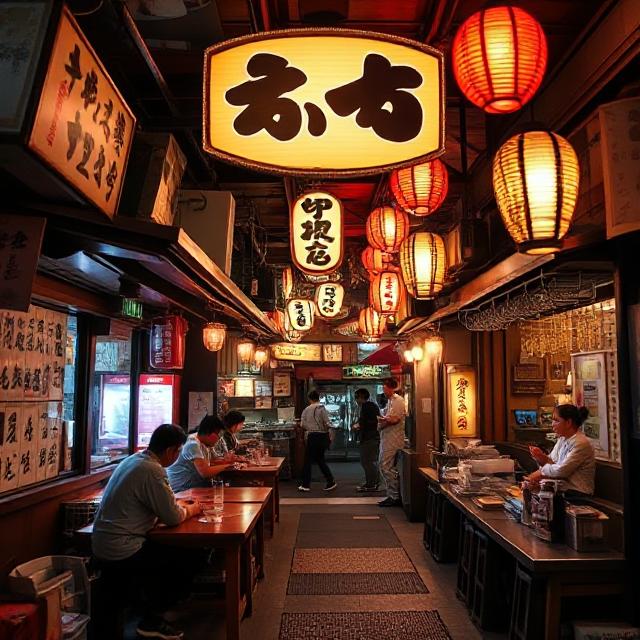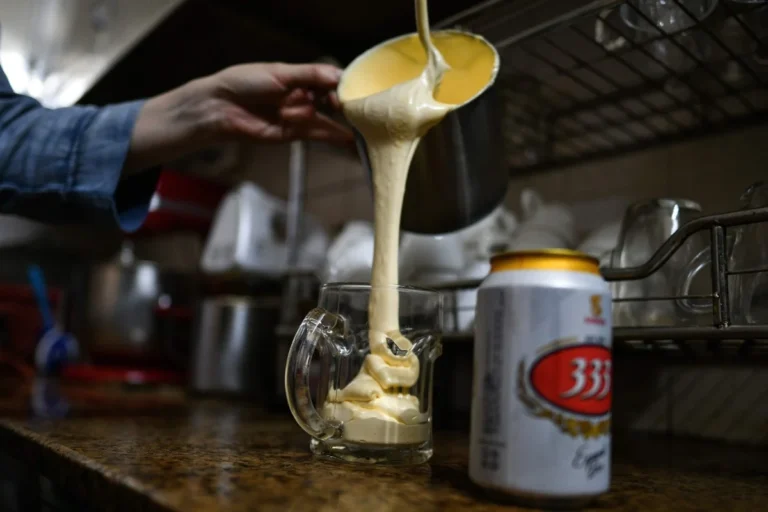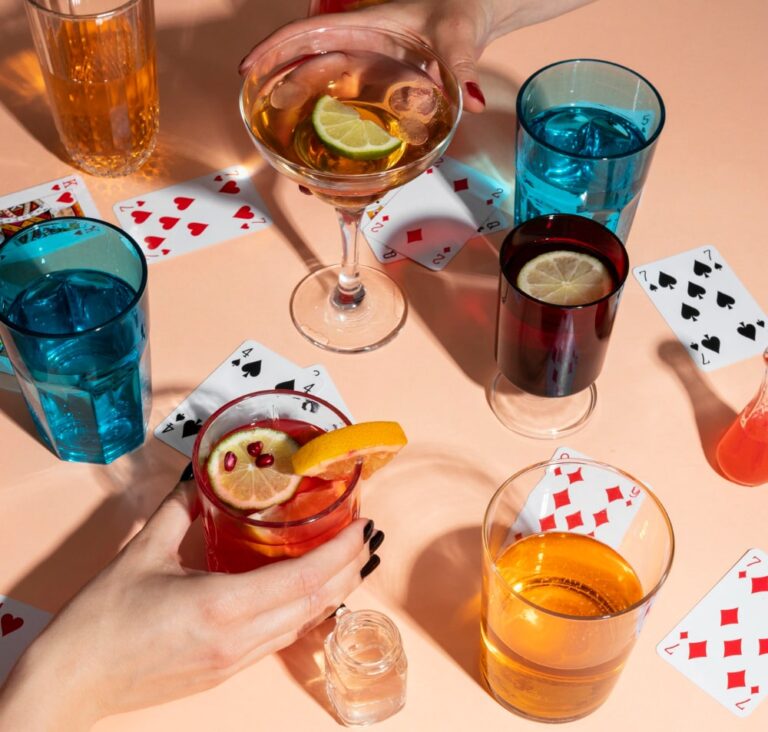What Are Bars In Japan Called?
Be sure to visit an izakaya (居酒屋), the common name for bars in Japan. An izakaya is a casual Japanese drinking hole serving alcoholic drinks and small plates or tapas, akin to a pub or dive bar where locals go to unwind after a hard day at the office.
Origin of the word
Izakaya is a compound word consisting of iru (“to stay”) and sakaya (“sake shop”), indicating that the word originated from sake shops that allowed customers to sit down and enjoy a drink.
Izakaya are often referred to as akachōchin, or ‘red lantern’, in everyday conversation, a nod to the traditional paper lanterns commonly displayed outside these bars throughout Japan.
The History of Bars in Japan
Evidence within the Kojiki, dating back to the early 700s, suggests the presence of izakaya-style establishments in Japan. This is further supported by a 733 record detailing rice collection as a brewing tax under the Miki no Tsukasa office. The Shoku Nihongi, written in 797, provides a concrete example of a tavern’s existence in 761 with the account of King Ashihara’s murder there after getting drunk.
Izakaya and similar small drinking establishments in Japan are exempted from the indoor smoking ban that was passed by the National Diet in July 2018 and fully enforced in the country since April 2020.
Difference between bars and izakaya
There are a number of differences between bars and izakaya. Depending on the izakaya, customers either sit on tatami mats and dine from low tables, as in the traditional Japanese style, or sit on chairs and dine from tables. Many izakaya offer a choice of both as well as seating by the bar. Some izakaya restaurants are also tachi-nomi style, literally translated as “drinking while standing”.
Common styles of izakaya dining in Japan are nomi-hōdai (“all you can drink”) and tabe-hōdai (“all you can eat”). For a set price per person, customers can continue ordering as much food and/or drink as they wish, usually with a time limit of two or three hours.
Challenge accepted!!




